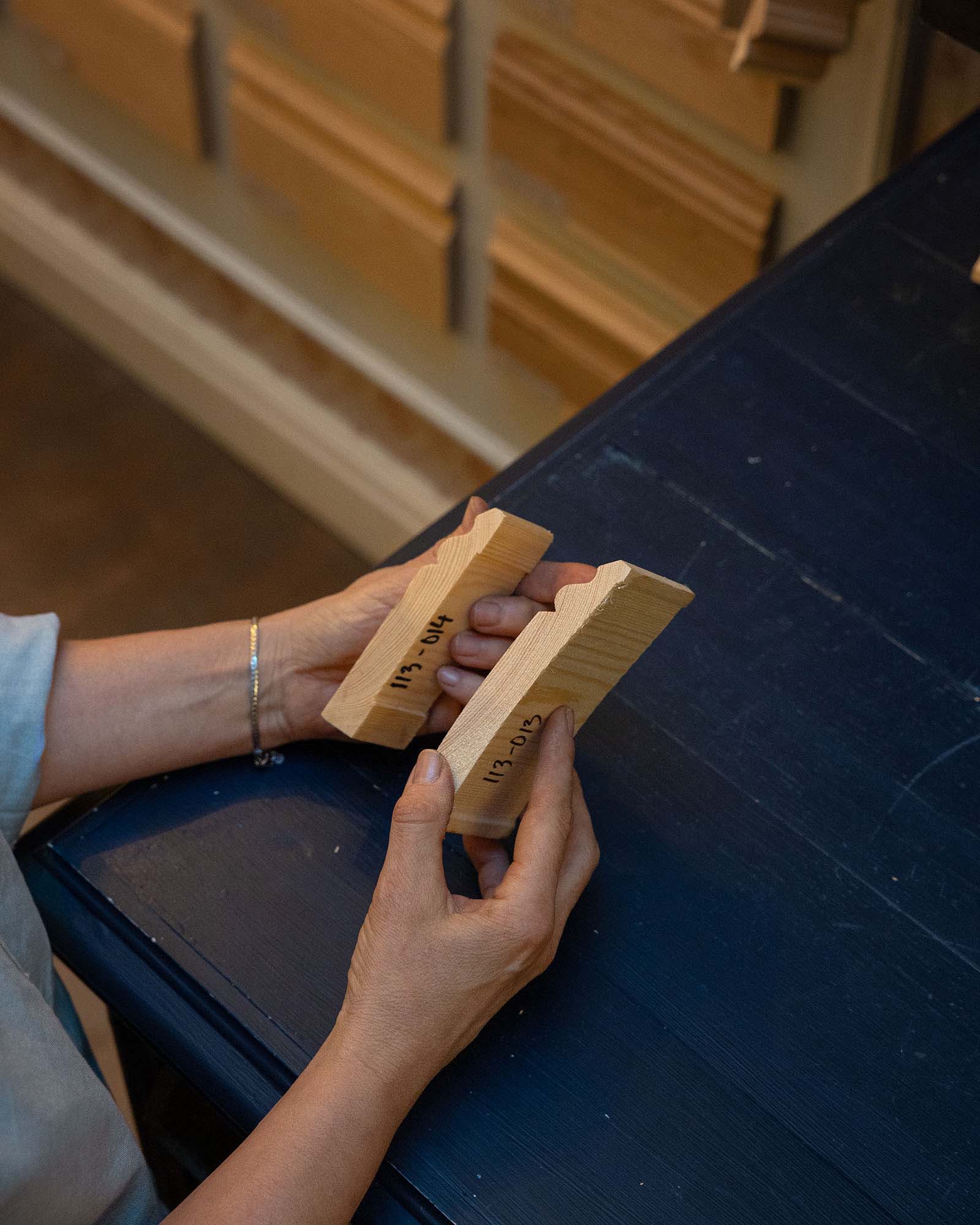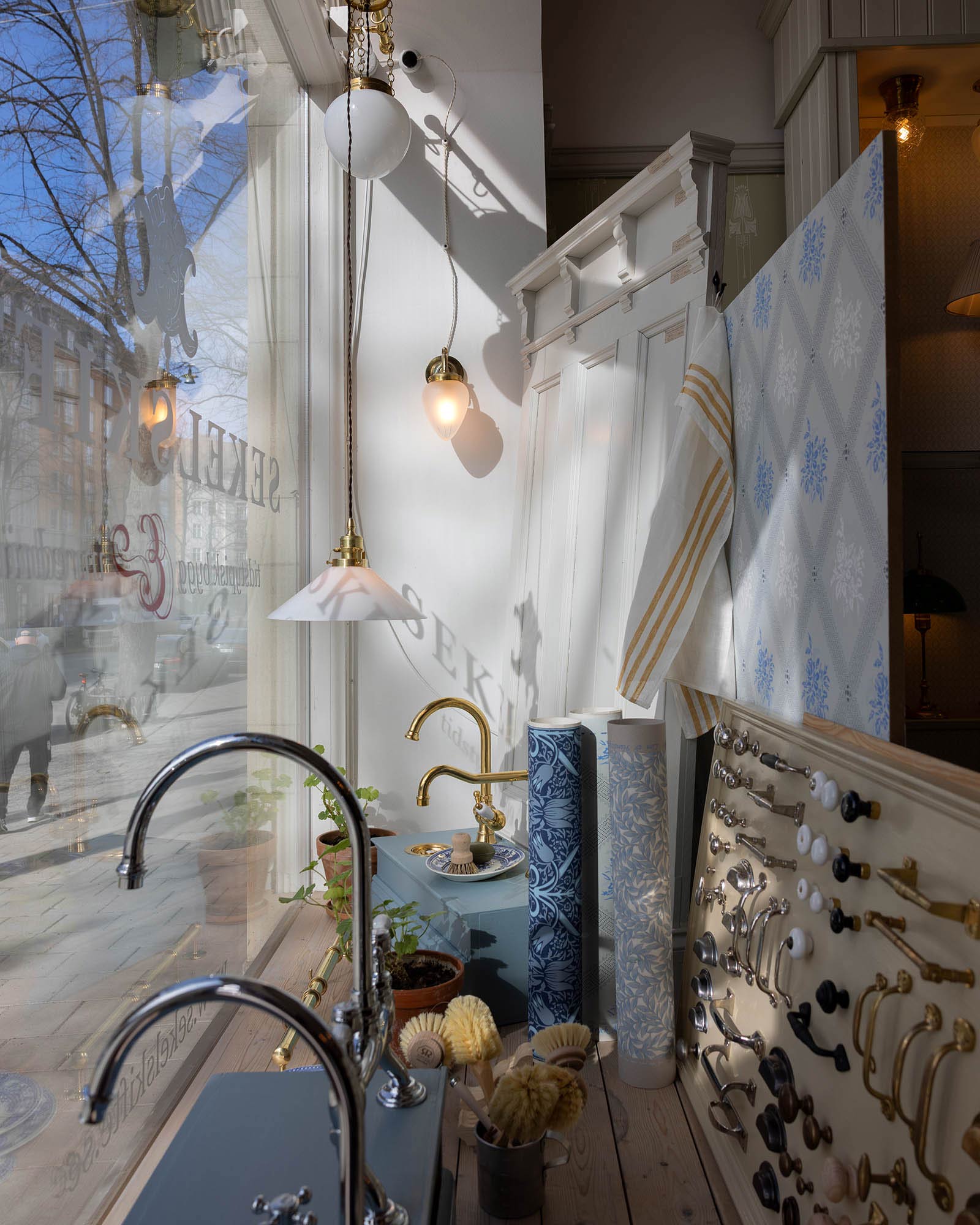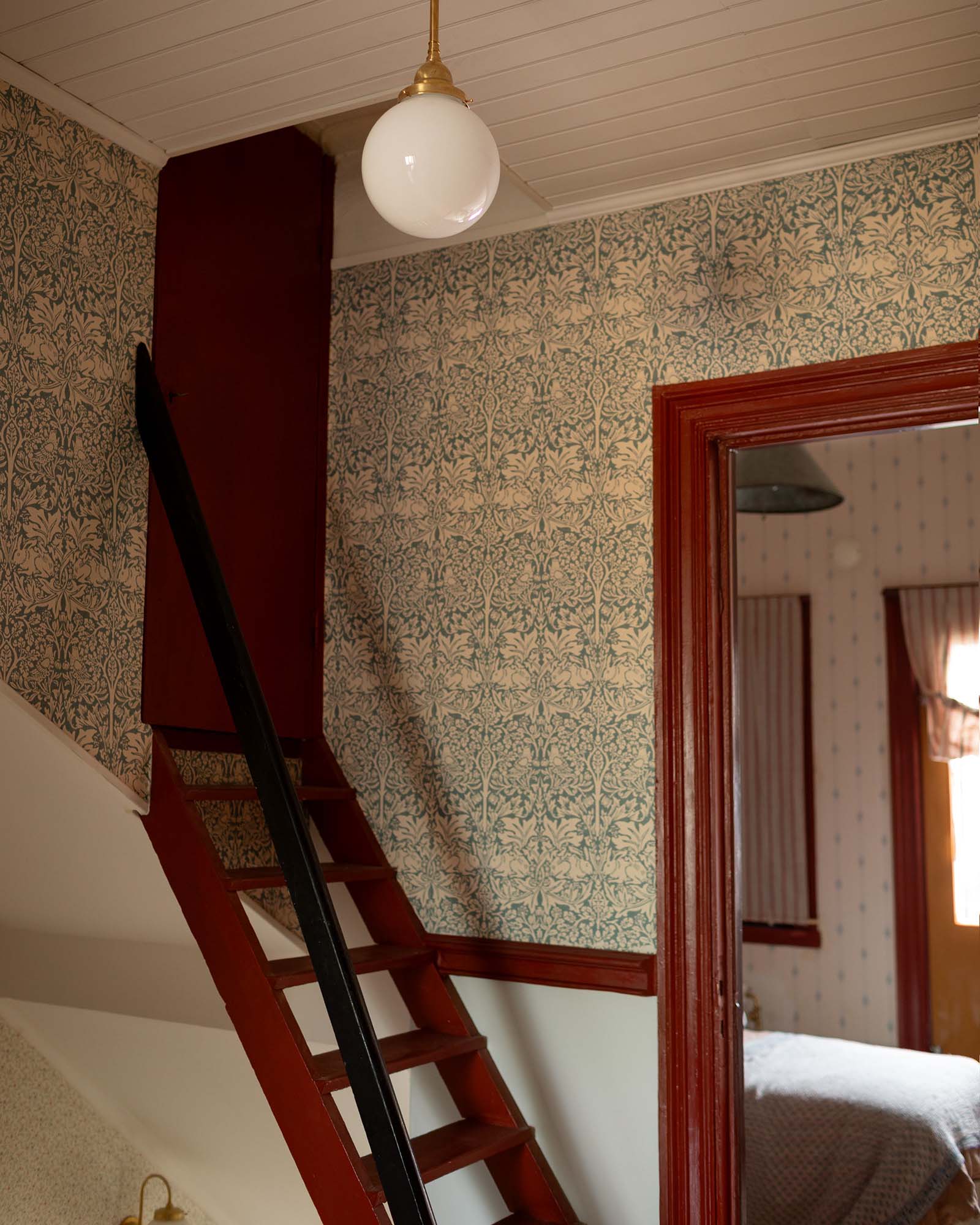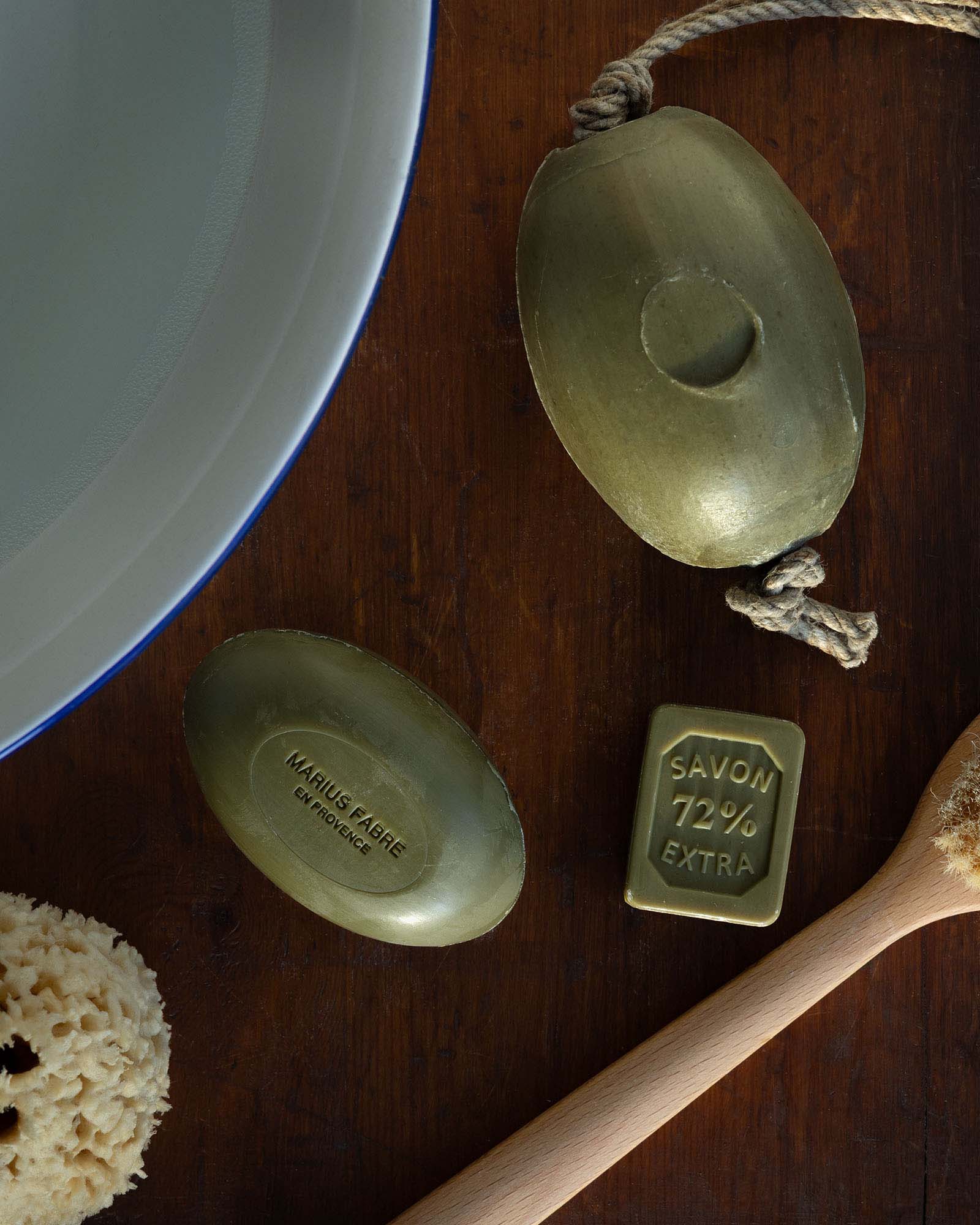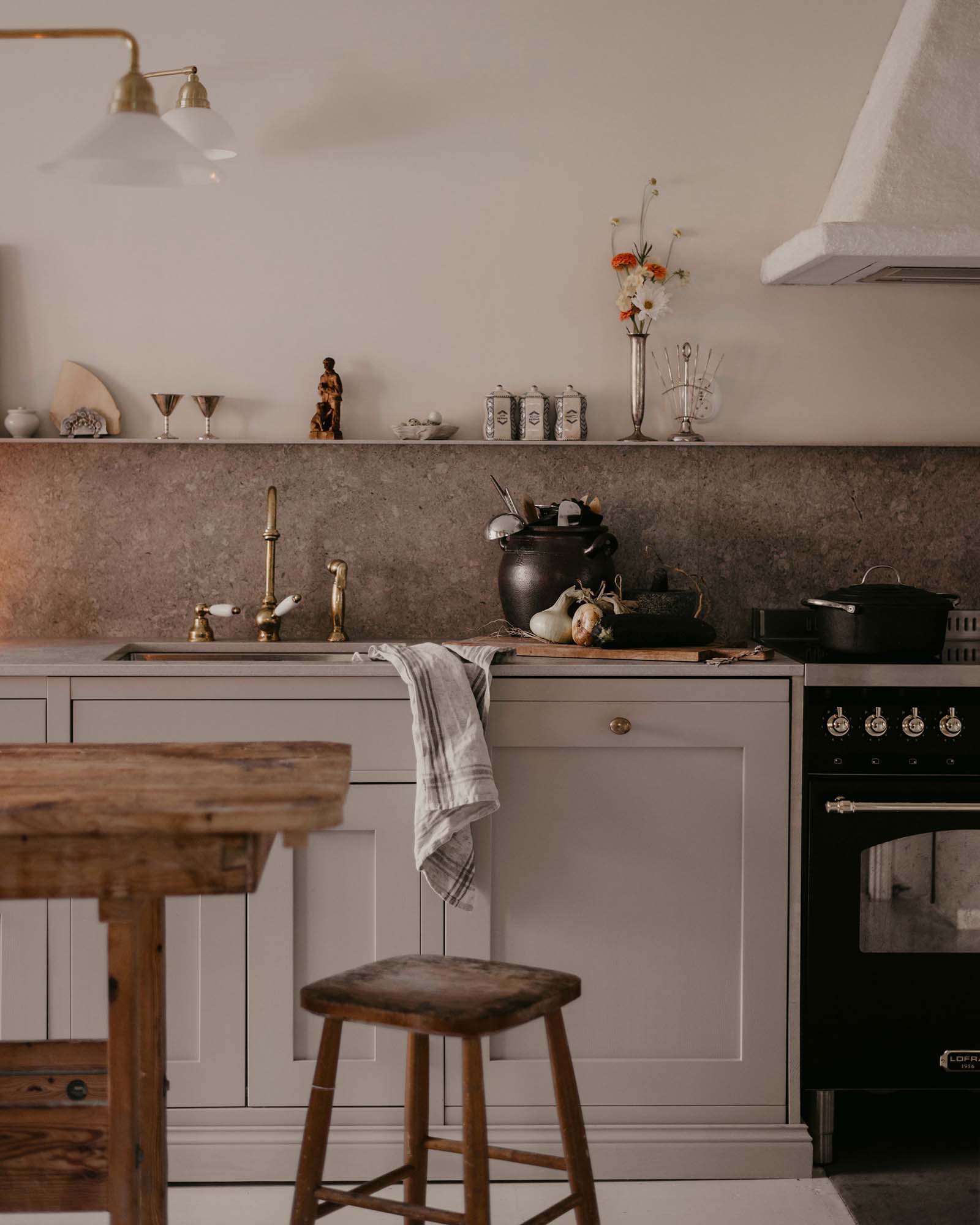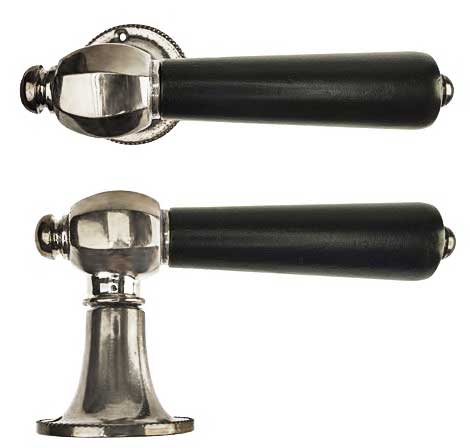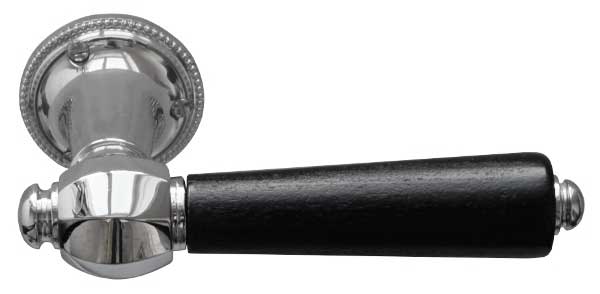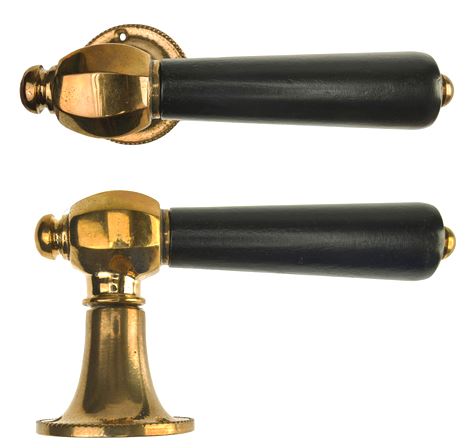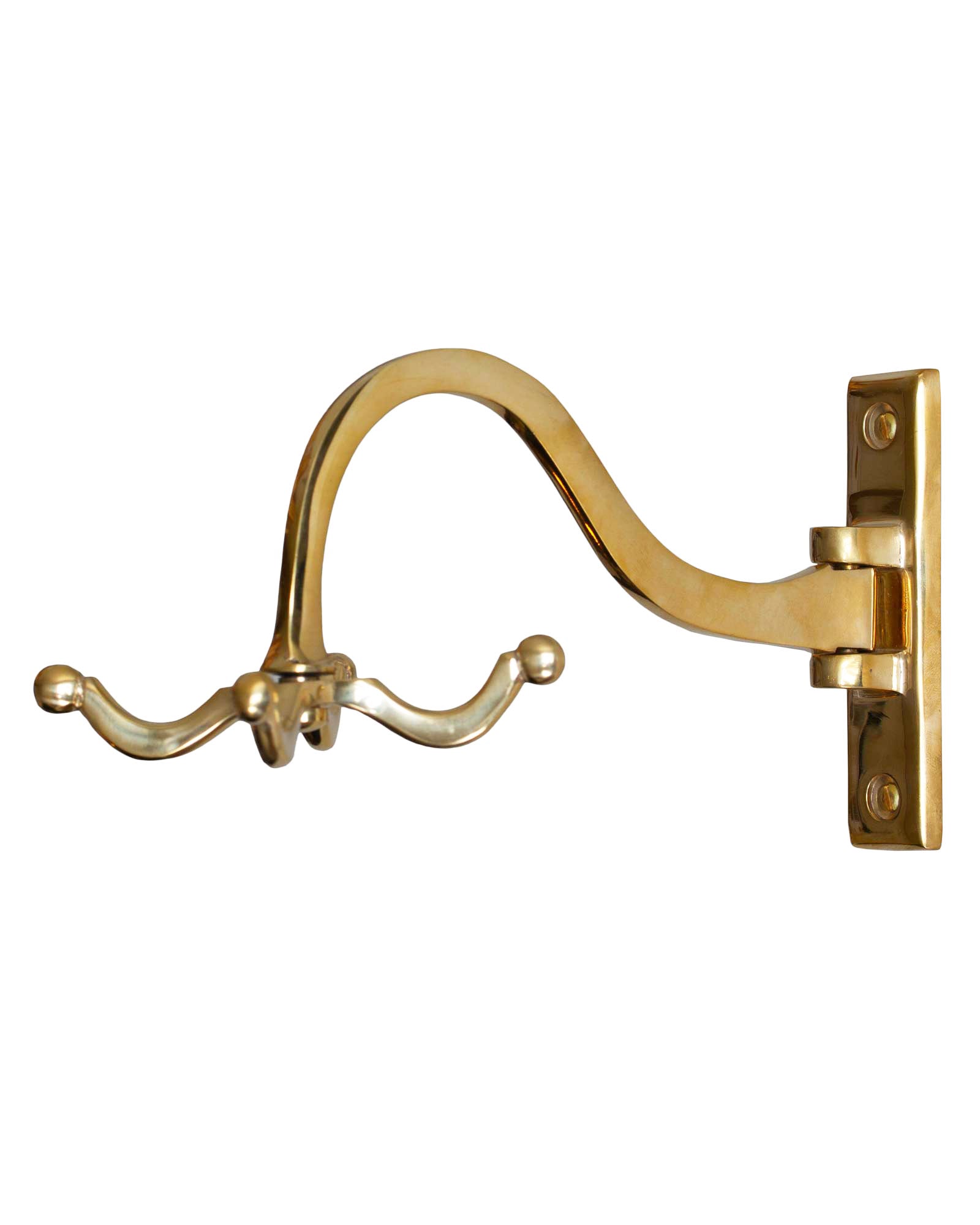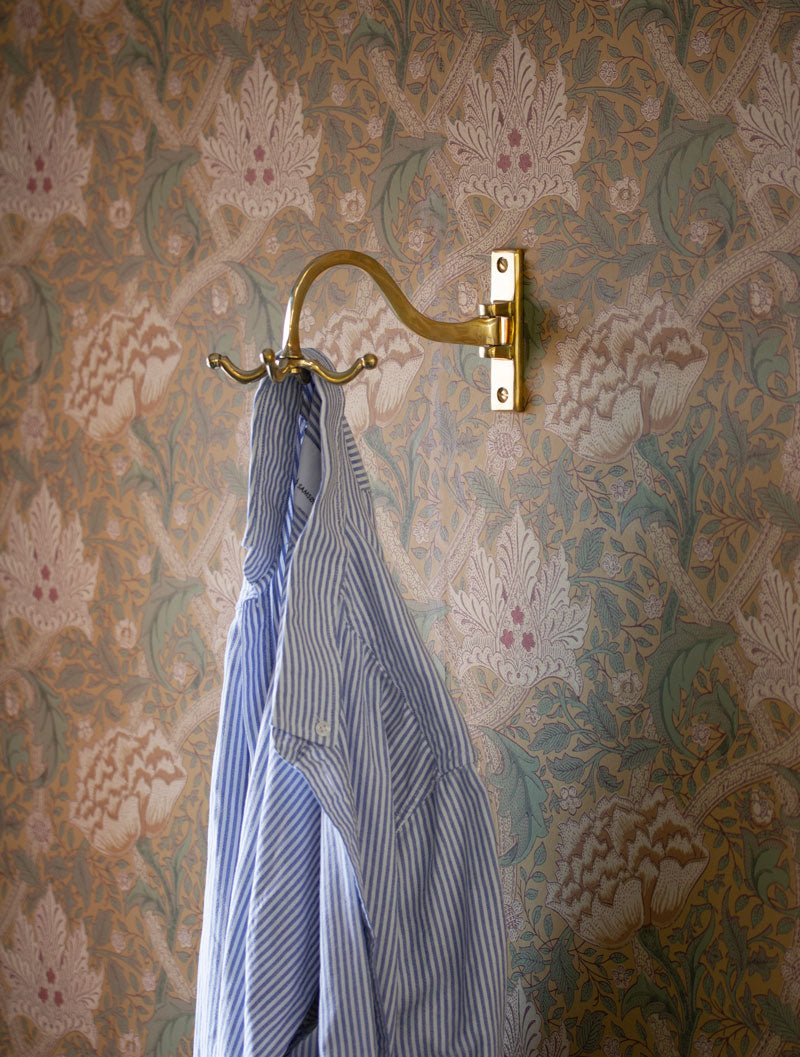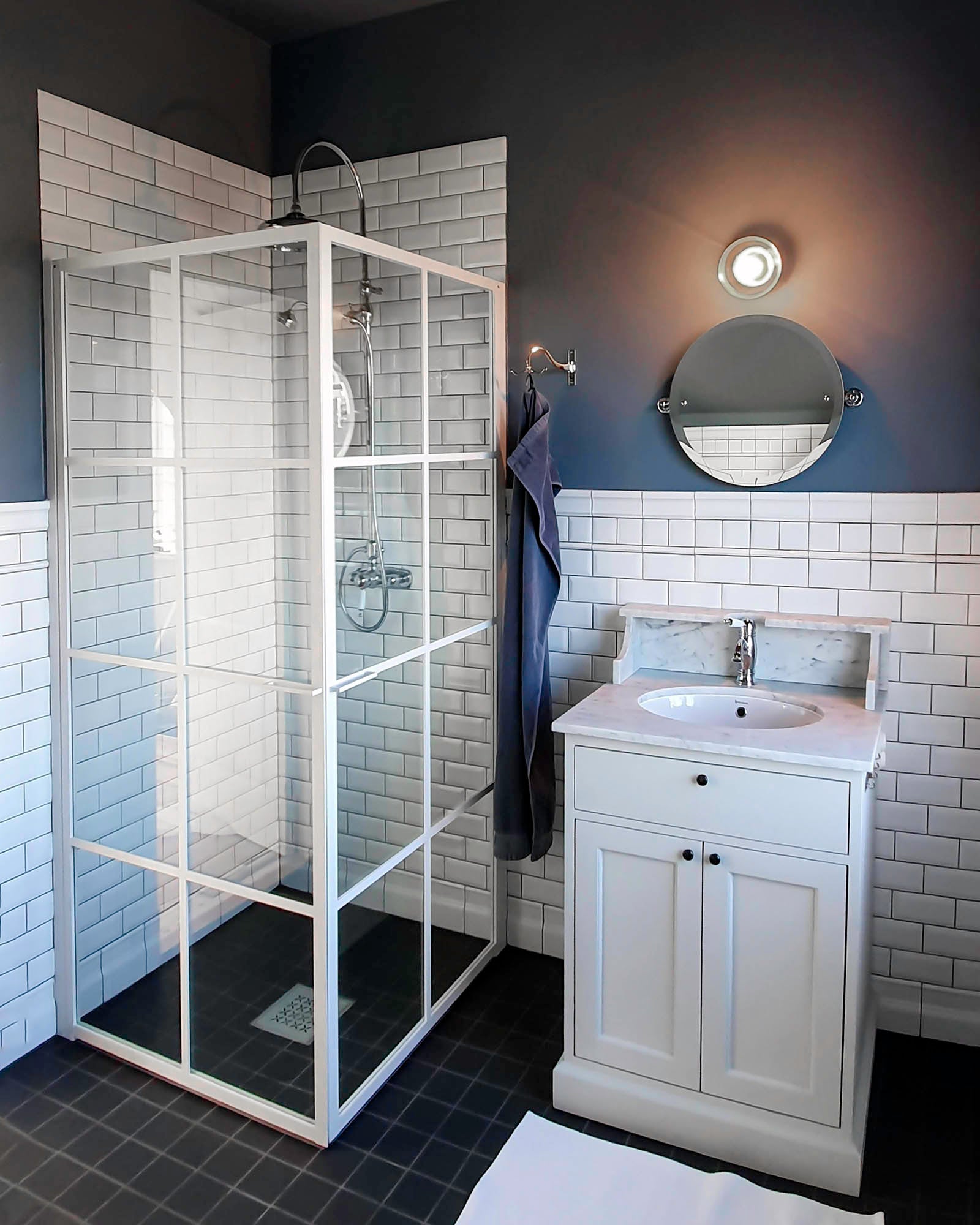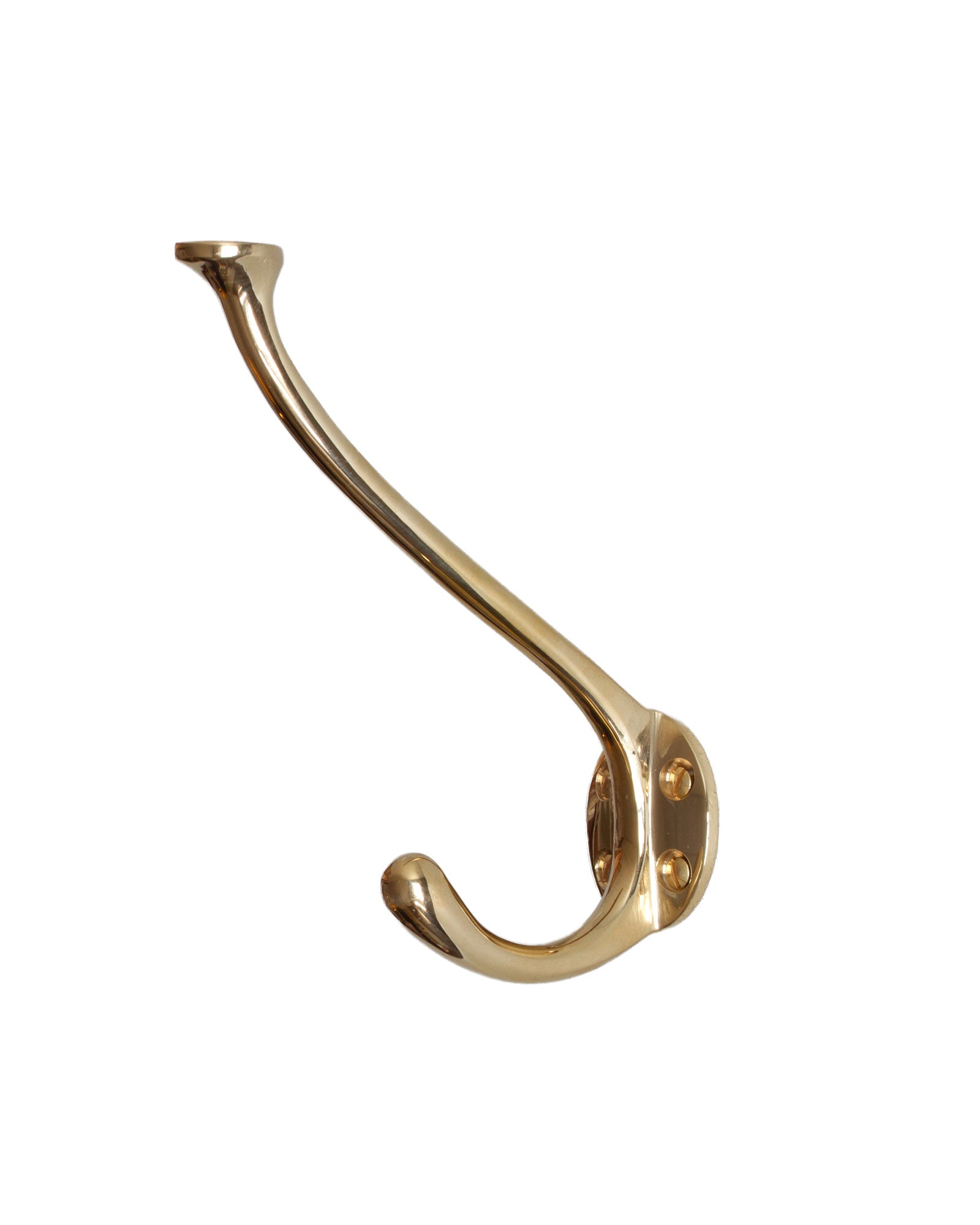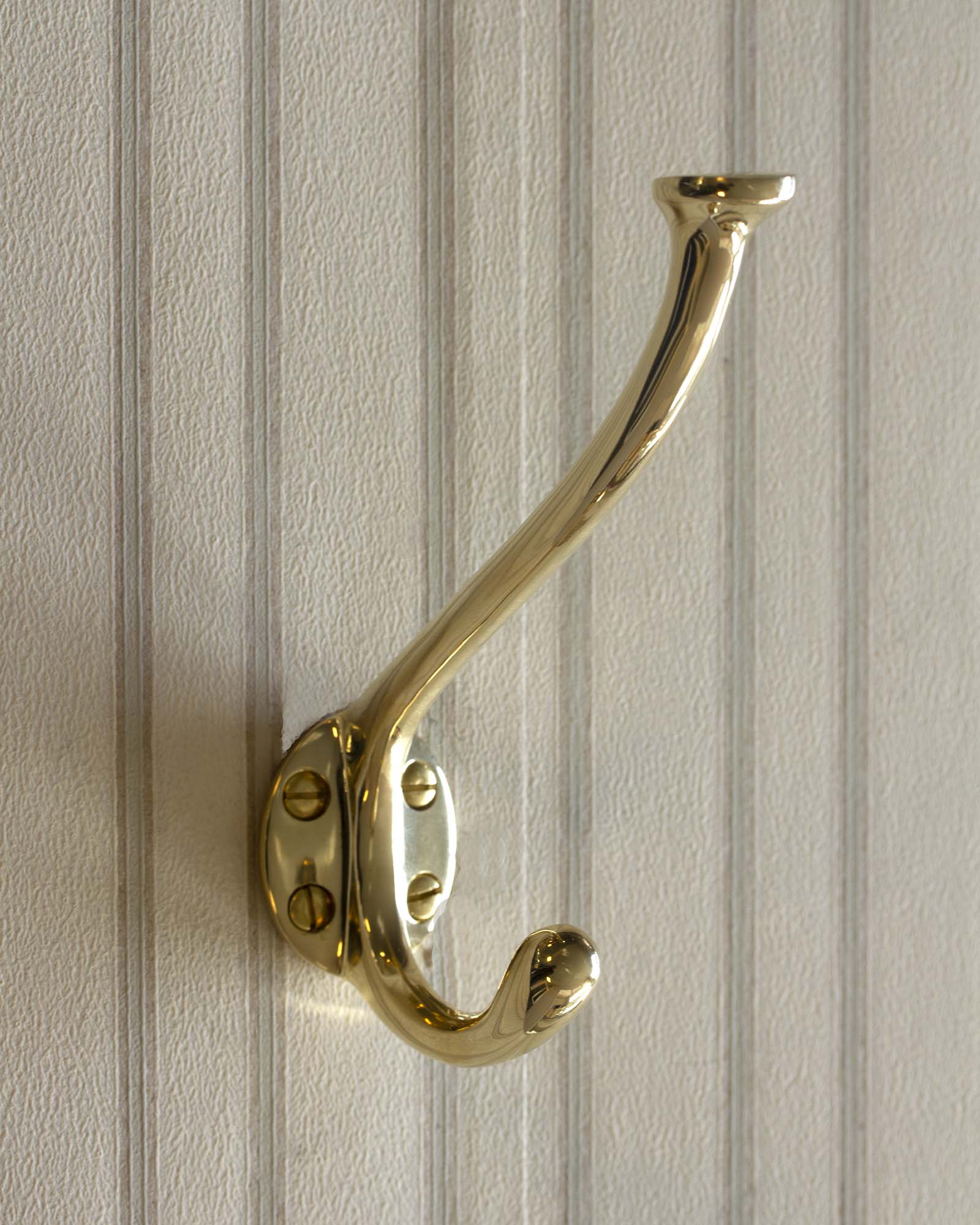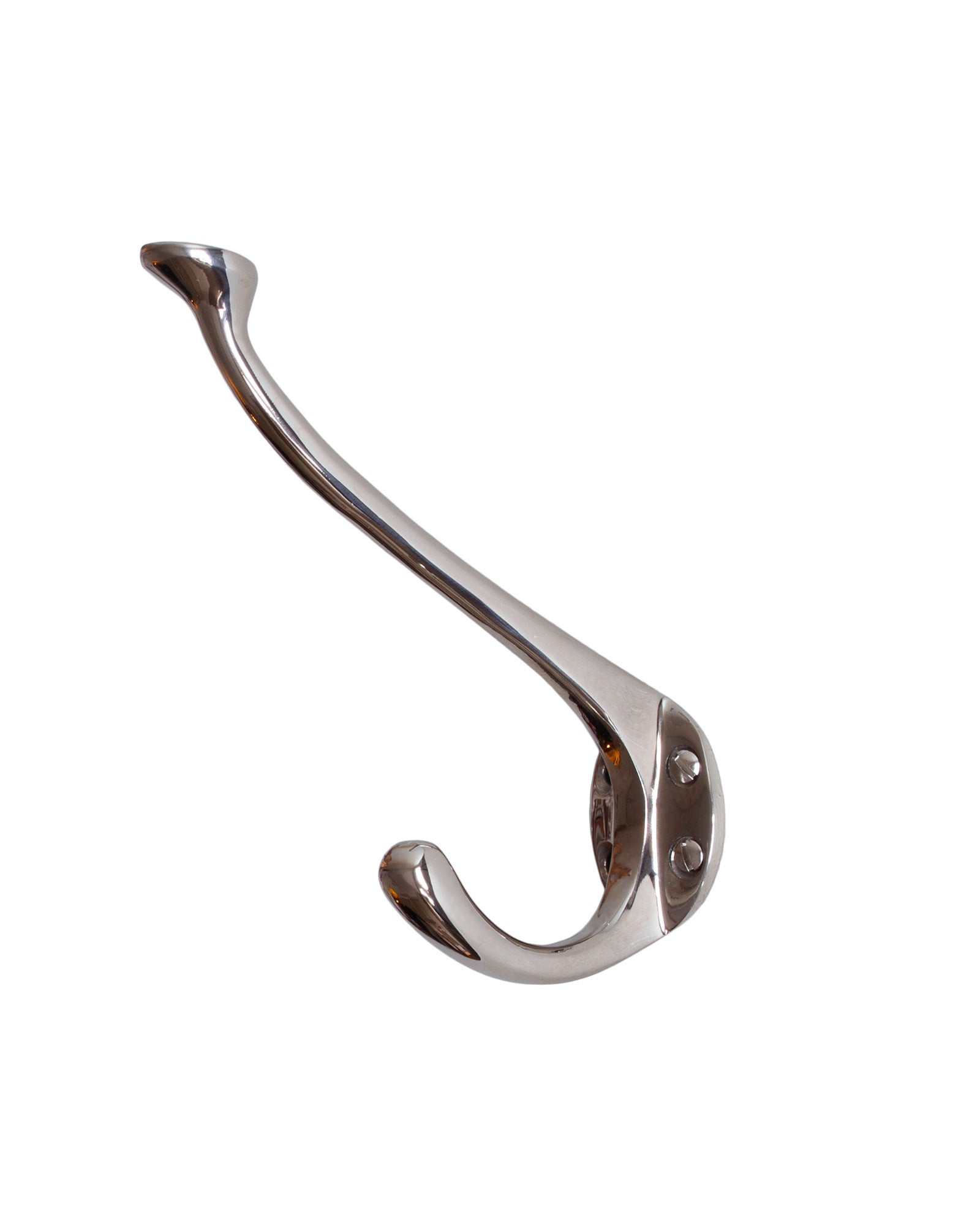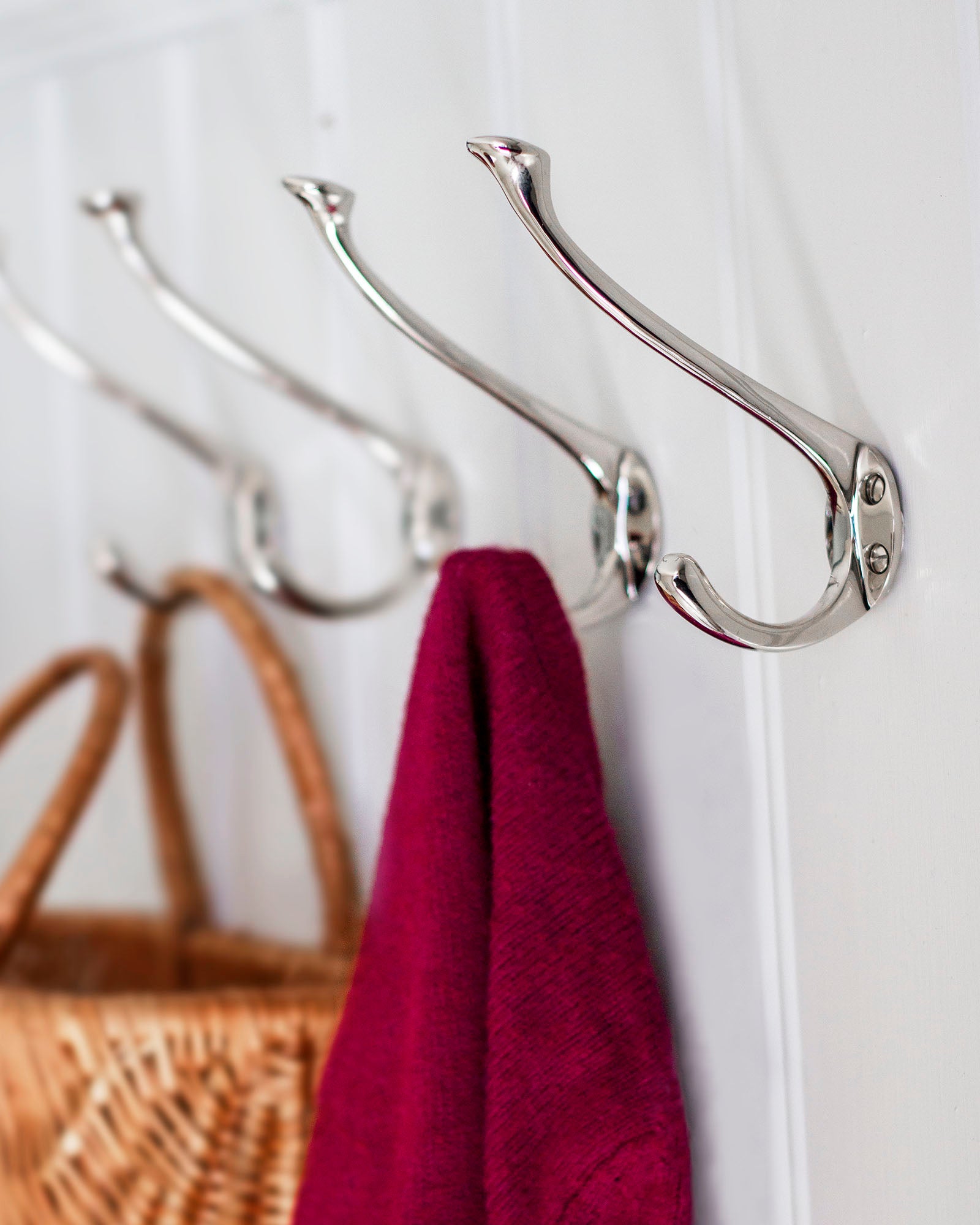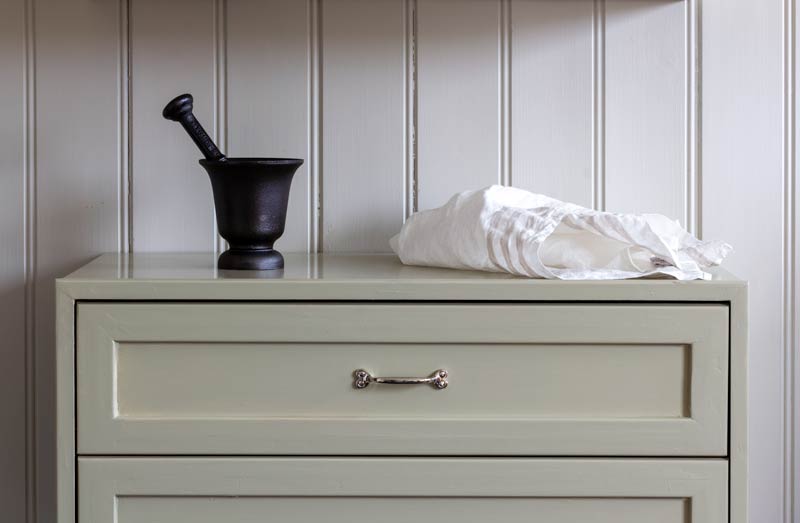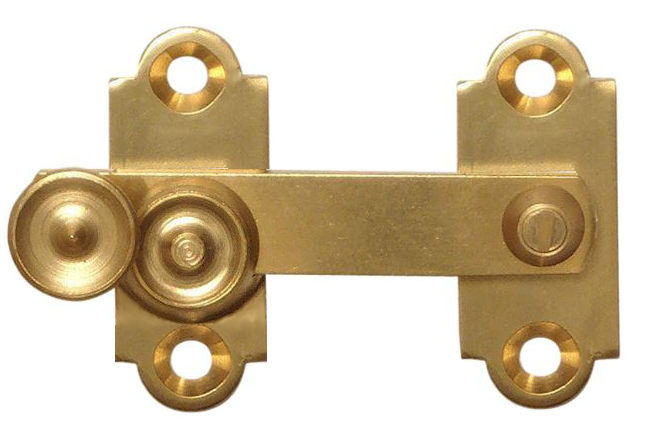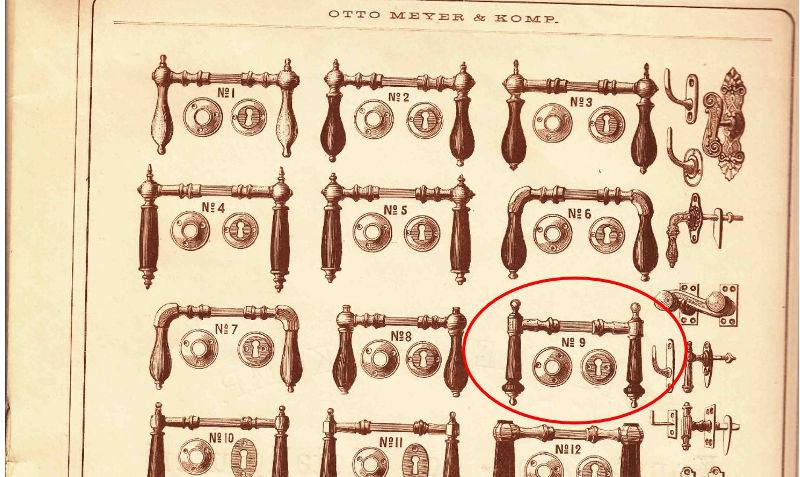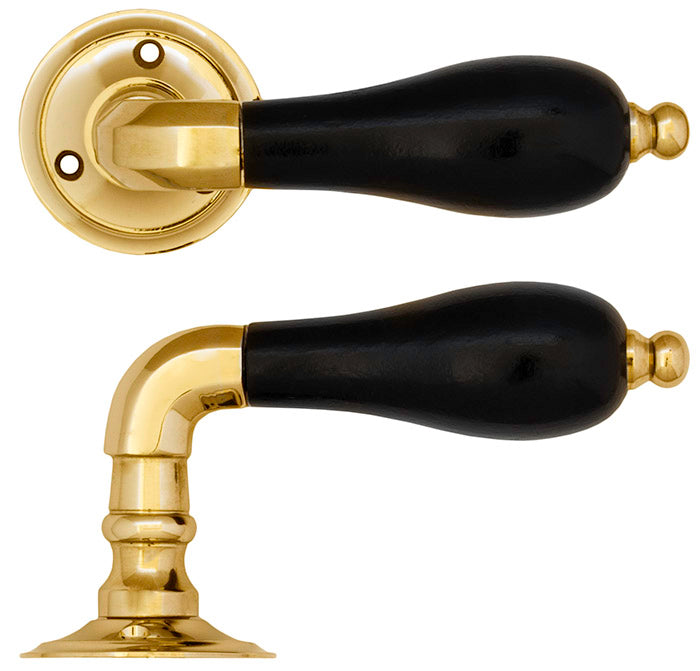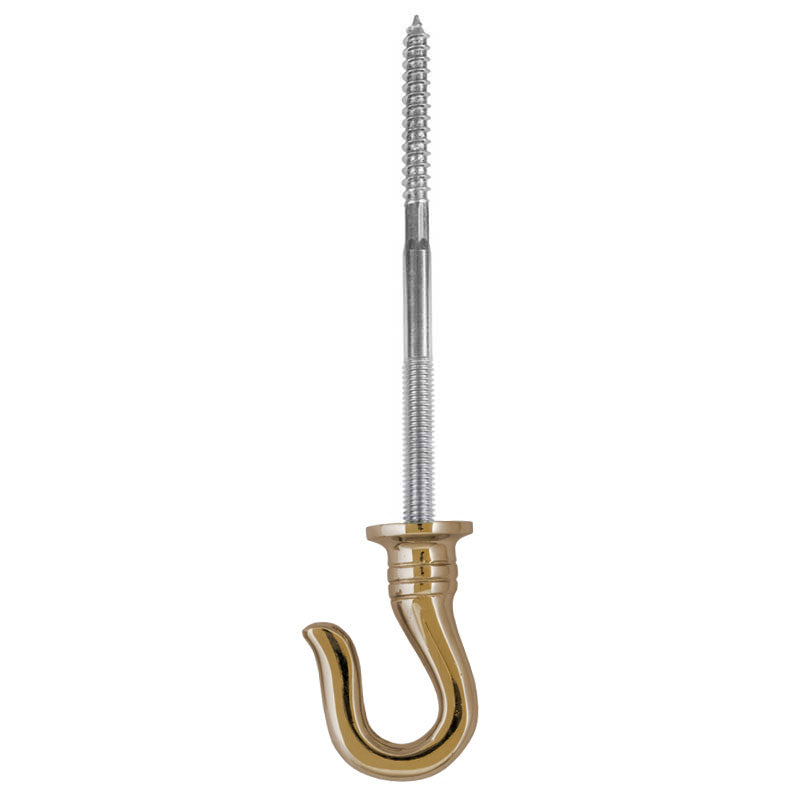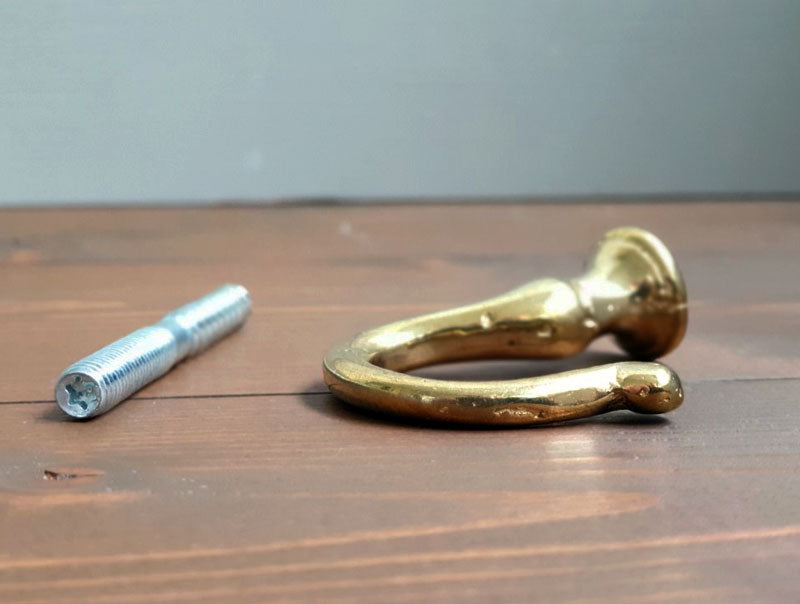Otto Meyer was active in art casting at the end of the 19th century and a couple of decades into the 20th century. He founded and operated a large foundry on Västmannagatan 81 in Vasastan, Stockholm, and was an important person in the development of art casting in Sweden.
Starts with a tragedy
Otto's career was started by a "pure chance" in his own words, as he was 16 years old when he was given the chance to become a utility man for two German bronze casters Herold and Lenz in the work of the statue of Karl XII, which can still be seen in Kungsträdgården, Stockholm today. Otto got good credentials and could continue as an apprentice at Herold's. During the work of the next project, Molins fountain, Professor Heroldt died in an accident where one of the heavy blocks fell over him. The tragic event led Otto to the opportunity for further apprenticeships and education in Germany, where they had great knowledge in artificial casting.
The breakthrough
After a few years in Europe, Otto returned home to Stockholm to start his business. The business was going tough at first: Interest in art casting had not gained momentum in Sweden. But Otto got his breakthrough through a statue of Linné that was ordered and shipped to America and Lincoln Park in Chicago in 1891. Otto started several companies one after another before he founded "Otto Meyers Konst- Metall- & Zinkgjuteri" (Otto Meyer's Art - Metal and Zinc Foundry) on Västmannagatan in Vasastan, Stockholm. The company employd at most about 50 people and manufactured everything from high-end sculptural castings to smaller everyday products such as lamps, door handles and brass fittings. The latter products are most likely the most important for the foundry's economy. Otto finished his leadership in the foundry after nineteen years and his colleague Arne Spanier took over. He then ran the foundry into the 1970s when the business eventually closed down.
In our range, we have beautiful door pressures based on a model found on a price list from the late 19th century.




























































































